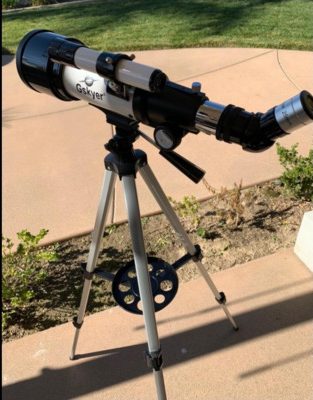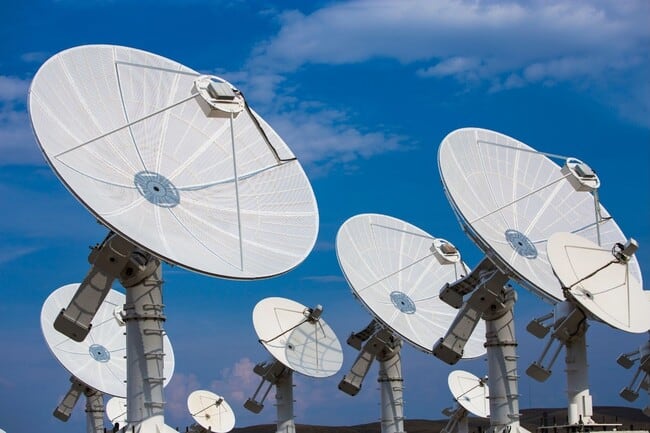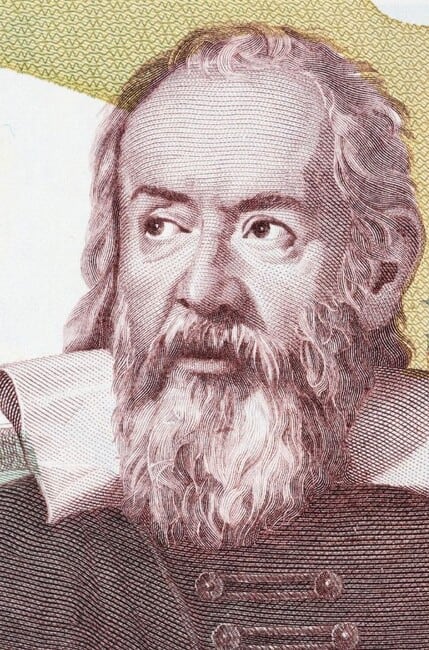Telescopes have been used for centuries to explore the wonders of the universe. Astronomy, the observation and study of celestial objects and phenomena, relies heavily on telescopes to gather information about the cosmos. Telescopes are essential tools for astronomers, providing a way to observe and study objects that are too far away or faint to be seen with the naked eye.
A telescope is a device that collects and focuses light from distant objects. By focusing this light, it allows us to see in greater detail. Telescopes come in many shapes and sizes, but all work on the same basic principles.
Telescopes come in different varieties, each with its own set of features and capabilities. Refracting telescopes use lenses to bend and focus light while reflecting telescopes use mirrors to reflect and concentrate light. Some telescopes, such as planetary observation or deep space exploration, are designed for specific purposes. Understanding the different types of telescopes and their uses is crucial for anyone interested in astronomy.
Despite technological advancements, the history of telescopes is long and fascinating, from the earliest telescopes made by Galileo Galilei in the 17th century to the latest space telescopes like the Hubble or James Webb Space Telescope. Telescopes have played a vital role in expanding our knowledge of the universe. Exploring the history of telescopes can provide valuable insights into the evolution of astronomy and the human quest to understand the cosmos.
Key Takeaways
- Telescopes are essential tools for astronomers to study celestial objects and phenomena.
- There are different types of telescopes with unique features and capabilities.
- The history of telescopes is long and fascinating, and exploring it can provide some valuable insights into the evolution of astronomy.
Telescope Essentials, The Basic Principles
The two main types of telescopes we look through are refracting and reflecting. Refracting telescopes use lenses to bend and focus light while reflecting telescopes use mirrors to reflect and focus light. Both types have advantages and disadvantages, but reflecting telescopes are generally considered more versatile and efficient.
Telescopes also come with different aperture sizes, determining how much light they can gather. A larger aperture means, more light the telescope will allow through, allowing us to see fainter objects and more detail. However, larger apertures also mean more significant and more expensive telescopes.
Another essential factor to consider when choosing a telescope is its focal length, which determines the magnification of the image. Higher magnification can make objects appear closer and larger. Still, it also reduces the field of view and can make the image dimmer.
When choosing a telescope, it’s essential to consider your needs and budget, as well as the type, aperture size, and focal length of the telescope. With the right telescope, anyone can explore the universe’s wonders from the comfort of their backyard.
Telescope Varieties, The Types of Telescopes
Telescopes come in different varieties, each with unique features and benefits. The main two types of telescopes are refracting and reflecting. Refracting telescopes use lenses to bend and focus light to a point. In contrast, reflecting telescopes use mirrors to reflect and focus light.
Refracting Telescopes: Also known as “dioptric” telescopes, these are the oldest type of telescope. Simple to use and maintain, they are excellent for beginners and ideal for observing bright objects like the Moon, planets, and double stars.

Reflecting Telescopes: Also known as “catoptric” telescopes, these use mirrors instead of lenses. They are more complex and ideal for observing faint objects such as galaxies and nebulae.
Radio Telescopes: In addition to these optical telescopes, radio telescopes play a crucial role in modern astronomy. Unlike optical telescopes, radio telescopes detect and analyze radio waves emitted by celestial objects. This allows astronomers to study astronomical phenomena invisible to optical telescopes, such as radio galaxies, quasars, and the cosmic microwave background.
Other types of telescopes include Catadioptric, Dobsonian, Schmidt-Cassegrain, and Maksutov-Cassegrain telescopes, each with unique features catering to different observing goals and budgets.

Reflectors, Refractors, and More
Other types of telescopes are available in addition to refracting and reflecting telescopes. These include:
- Catadioptric telescopes: These telescopes use a combination of lenses and mirrors to focus light. They are compact and portable, making them ideal for astrophotography.
- Schmidt-Cassegrain telescopes: These telescopes use a combination of mirrors and lenses to provide a compact and versatile design. They are ideal for both visual observing and astrophotography.
- Maksutov-Cassegrain telescopes: These telescopes use a combination of mirrors and lenses to provide a compact and high-quality design. They are ideal for observing planets and other bright objects.
- Dobsonian telescopes: These reflect telescopes use a simple mount and a large aperture to provide clear and bright images.
Each design of telescope has its own unique features and benefits. When choosing a telescope, it is crucial to consider your observing goals and budget. With the right telescope, you can explore the wonders of our universe and discover new and exciting objects in the night sky.
Uses of Telescopes in Astronomy and Beyond
Telescopes have been instrumental in observing and studying celestial objects like stars, planets, galaxies, and nebulae. Technological advancements have made telescopes more powerful, allowing for deeper space observation and more detailed information gathering.
Astronomy: Telescopes study star properties, measure temperature, luminosity, and chemical composition, and detect exoplanets. They also help in understanding galaxy structures and evolution and the distribution of dark matter.
Radio Astronomy: Radio telescopes have expanded our understanding of the universe. They study celestial phenomena and objects that emit radio waves, such as pulsars, black holes, and distant galaxies. This has significantly enhanced our knowledge of the universe, providing insights into areas not visible with optical telescopes.
Telescopes also have practical applications in medicine and engineering, such as endoscopes for medical diagnostics and structural analysis in engineering.
History and Evolution of Telescopes
Telescopes have been instrumental in advancing astronomy since their invention in the early 17th century. The first telescopes were invented by Dutch eyeglass maker Hans Lippershey. Still, it was Galileo Galilei who made the first astronomical observations using a telescope.

Over the centuries, telescopes have undergone significant changes and improvements. The first telescopes were refracting telescopes, which used lenses to bend and focus light. However, these telescopes suffered from chromatic aberration, which caused images to appear blurry and distorted.
In the 18th century, reflecting telescopes were invented, which used mirrors instead of lenses to reflect and focus light. This eliminated the problem of chromatic aberration and allowed for larger and more powerful telescopes to be built.
In the 20th century, the development of radio telescopes allowed astronomers to study the universe in a completely new way. Radio telescopes use all types of radio waves to detect and study objects in space, revealing information that cannot be seen with optical telescopes.
Today, telescopes continue to evolve and improve. New technologies such as adaptive optics and interferometry allow for even sharper and more detailed images of the cosmos.
Wrap Up
In conclusion, telescopes are more than just scientific instruments; they are windows to the universe, offering insights and a deeper appreciation of our place in the cosmos. Through these remarkable tools, from the classic refractor to the advanced radio telescope, we gain access to the wonders of the night sky and beyond.
Whether it’s glimpsing the craters of the Moon, the rings of Saturn, or distant galaxies, observing the universe through a telescope can be a profoundly enlightening and humbling experience, connecting us to the vastness of space and the mysteries it holds.


